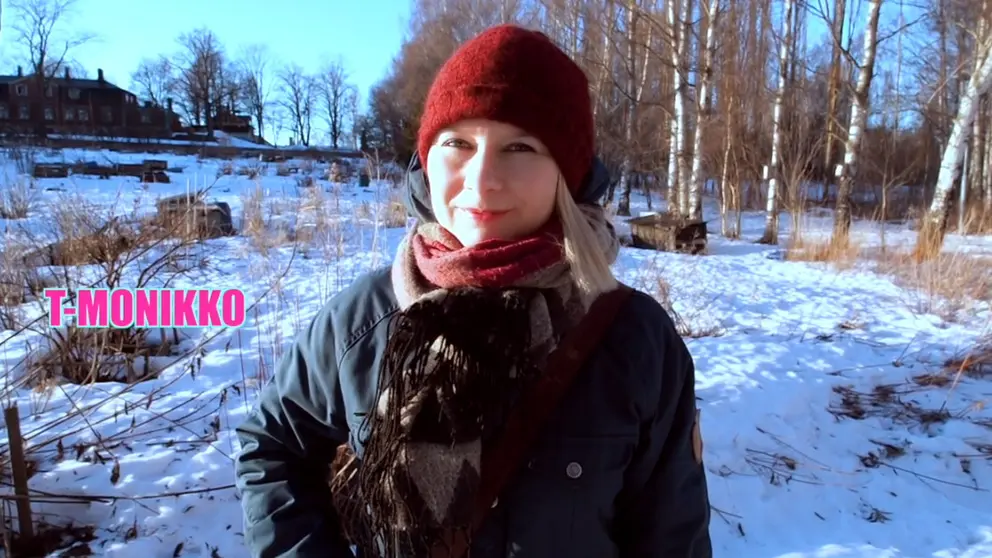In this lesson you will learn to make plural forms of nouns and adjectives. We will also take a look at the consonant gradation, also known as the KPT rule. All the example words are related to food or kitchen, so you will learn some food vocabulary as well.
There are three ways to express plural forms in Finnish language: t-plural, partitive case and i-plural.
1. The T-plural
The basic plural form is called the t-plural. The ending is letter t, which is added to the stem of the word. Quite often the basic form and the stem look the same, like in the following examples:
Omena - > omenat (an apple, apples).
Peruna -> perunat (a potato, potatoes).
Pizza -> pizzat (a pizza, pizzas).
Changes in the stem:
Sometimes the stem is not the same as the basic form. For instance, if there is letter k, p or t in the last syllable of the word, the stem changes. This is called the consonant gradation or the KPT rule. This is what happens in the stem, when you add an ending (for example t for plural):
Letter 'k' disappears:
Maku -> maut (a flavour - flavours).
Sika -> siat (a pig -> pigs).
Letter 'p' becomes 'v':
Leipä -> leivät (a bread -> breads).
Letter 't' becomes 'd':
Maito -> maidot (milk -> milks).
The KPT rule applies also when there is a double consonant 'kk', 'pp' or 'tt' right before the ending. In this case the double consonant reduces to one:
Kakku -> kakut (a cake -> cakes).
Soppa -> sopat (a soup -> soups).
Salaatti -> salaatit (a salad -> salads).
2. The partitive case
Remember that if you have a number (except for number 1) or a quantity before the word, you will need to use the partitive case instead of t-plural.
For example:
1 sitruuna -> 3 sitruunaa (1 lemon -> 3 lemons).
1 porkkana -> 5 porkkanaa (1 carrot -> 5 carrots).
1 makkara -> monta makkaraa (1 sausage -> many sausages).
Other words for expressing a measure or a quantity are vähän (a little), paljon (a lot), pari (a couple of).
With the partitive case you don’t have to worry about consonant gradation, just add the partitive ending that we studied in lesson number 3.
1 kakku -> 3 kakkua.
1 leipä -> 2 leipää.
1 salaatti -> monta salaattia.
3. The i-plural
The third way to express plurality is the i-plural. You will need it when the word has a case-ending and needs to be in plural form. The marker is either i or j , which is placed before the ending.
For example:
Pöydällä (on the table) -> pöydillä (on the tables).
Keittiössä (in the kitchen) -> keittiöissä (in the kitchens).
At the moment, you don’t need to worry about the i-plural. I just mention it here so that you can recognise it. You will learn it in detail later.
Well done! Now you know how to use plural forms as well as the consonant gradation system.
And here you can watch my video lesson:
Nähdään ensi kerralla! See you next time!










